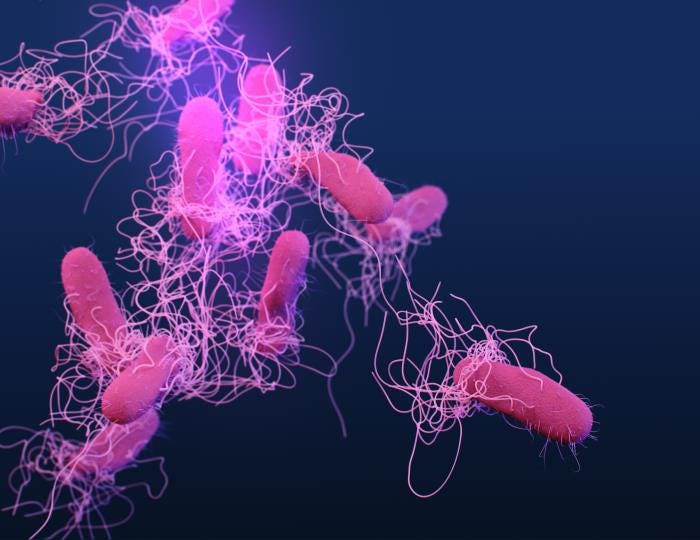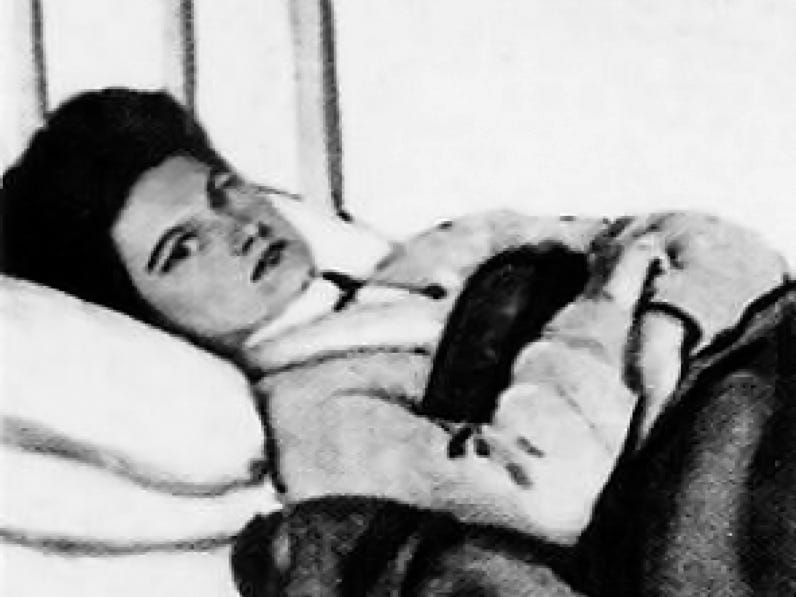Zac Efron and Typhoid Mary: A Tale of Infection and Isolation
Written on
Understanding Typhoid Fever
Zac Efron and Typhoid Mary, whose actual name was Mary Mallon, might not seem to have much in common at first glance. However, both have experienced the impact of typhoid fever. Mary Mallon was famously known as "Typhoid Mary," while Efron contracted the disease while filming in Papua New Guinea in December 2019.
What is typhoid fever, and why is it significant?

The Nature of Typhoid
Typhoid fever is caused by the bacterium Salmonella enterica subtype Typhi. While it is less prevalent in developed countries, it remains a serious threat in many developing regions, particularly South Asia. In 2015, over 12 million cases were reported globally.
The disease spreads through contaminated food and water or through contact with infected individuals. Symptoms include fever, headache, abdominal discomfort, fatigue, loss of appetite, constipation or diarrhea, and occasionally confusion or a rash known as rose spots. Symptoms typically manifest gradually within one to three weeks following exposure.
The only reliable way to diagnose typhoid is through blood or stool tests. As a bacterial infection, it is treated with antibiotics, but antibiotic resistance is becoming a significant issue. Complications such as intestinal perforation, dehydration, and encephalitis can lead to death, with an untreated infection carrying a mortality rate of approximately 20%.
Even after recovery, some individuals may continue to harbor S. enterica subtype Typhi in their intestines, known as chronic carriers, and can still transmit the disease. The bacterium was first isolated in 1880, but effective immunization only became available in 1911, with antibiotics for treatment emerging later in 1948. This meant that chronic carriers posed a serious public health risk, exemplified by Mary Mallon, who was a notable case in the United States.

Mary Mallon: The Cook Who Caused an Outbreak
Born in Ireland in 1869, Mary Mallon immigrated to New York at a young age and worked as a cook for affluent families. In late 1906, while working for the Warren family in Oyster Bay, six of the eleven family members developed typhoid fever.
To uncover the outbreak's cause, the Warrens employed sanitary engineer George Sober. Initially, he suspected contaminated clams, but upon further investigation, he discovered that Mary Mallon was the source of the infections. Although she had previously recovered from a case of typhoid, she remained an asymptomatic carrier.
Sober's surveillance revealed that seven out of the eight families she had worked for had experienced outbreaks of typhoid. This made Mallon the first known chronic carrier of the disease.
After confirming her status, Sober contacted the New York Department of Health. Despite her resistance, Mallon eventually provided stool samples, which confirmed the presence of the bacteria. Authorities then quarantined her in a cottage at Riverside Hospital, located on an island in the East River.
Over two years, her stool was tested 163 times, with 120 samples returning positive. Unfortunately, health officials never fully explained to Mallon the implications of being a chronic carrier. In 1909, she attempted to sue the health department. A year later, she was released on the condition that she would not work as a cook.
Despite this restriction, she returned to cooking in 1915 at a maternity hospital, where she infected at least 25 individuals. This led to her being quarantined once more at Riverside Hospital, where she remained until her death in 1938. Her actions led to her infamy as "Typhoid Mary," a subject of many jokes and medical discussions.
The Ethical Dilemma of Isolation
Mallon’s story raises questions about public health and individual rights. While she posed a genuine risk, it is crucial to note that no one informed her about the seriousness of her condition or the reasons behind her confinement. Health officials frequently requested samples but neglected to communicate the gravity of her situation.
By the time of her passing, there were approximately 400 other asymptomatic carriers identified in New York City, yet only Mallon faced such severe isolation. While some experts argue that her quarantine was essential for public health, the ethical implications of her treatment remain contentious.
This discussion extends to broader issues regarding solitary confinement in prisons. Social isolation can lead to various health problems, including depression and weakened immune responses. The challenge lies in balancing individual freedoms with the imperative to protect public health.